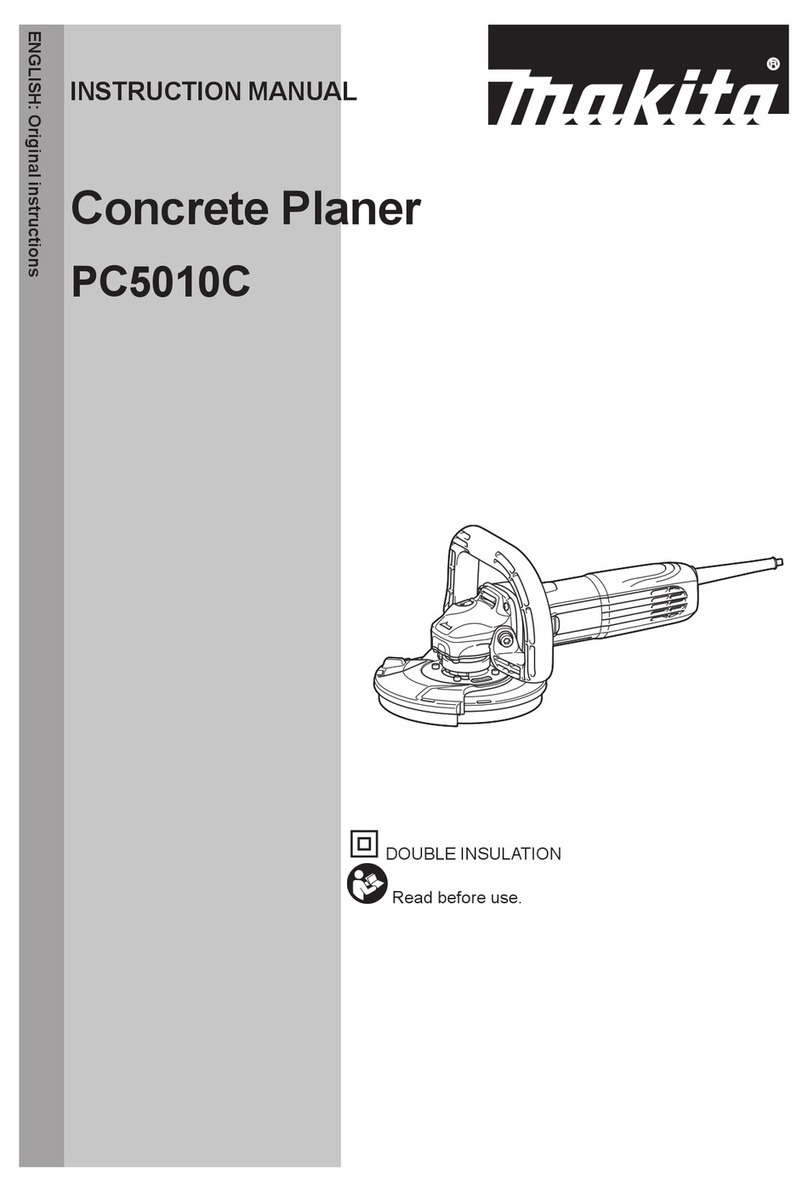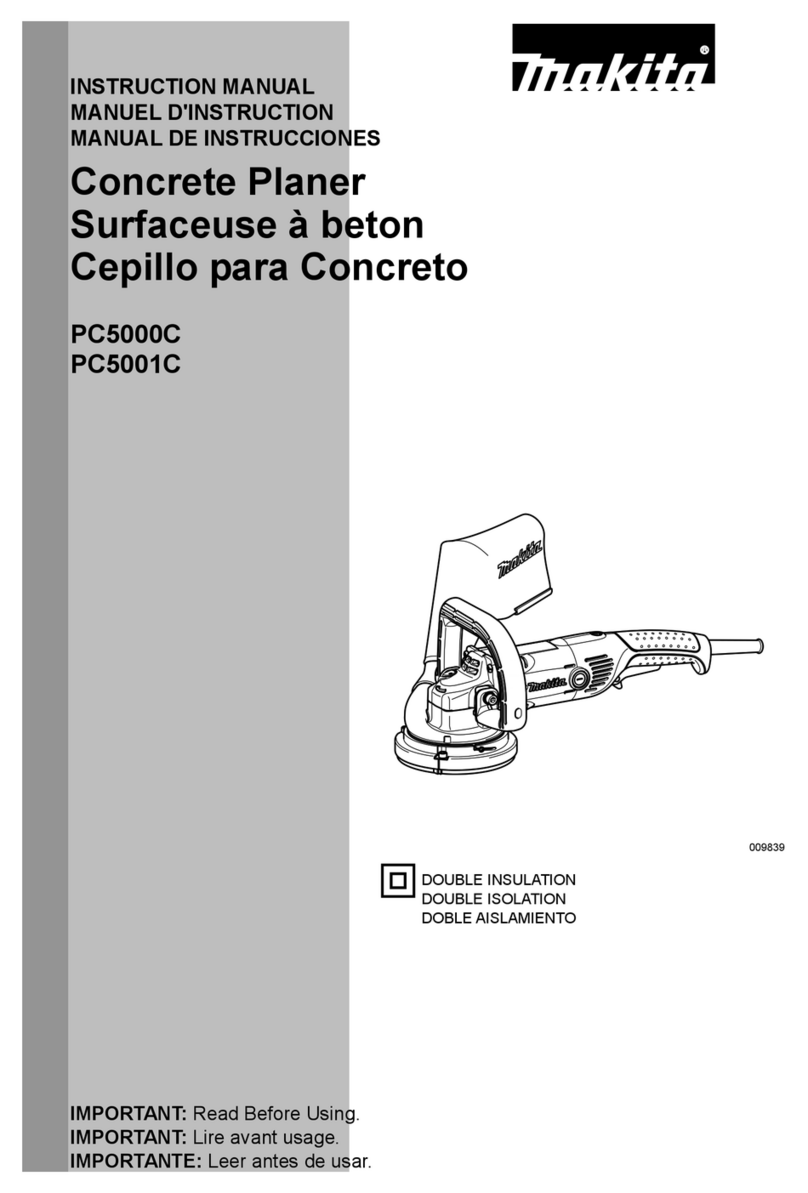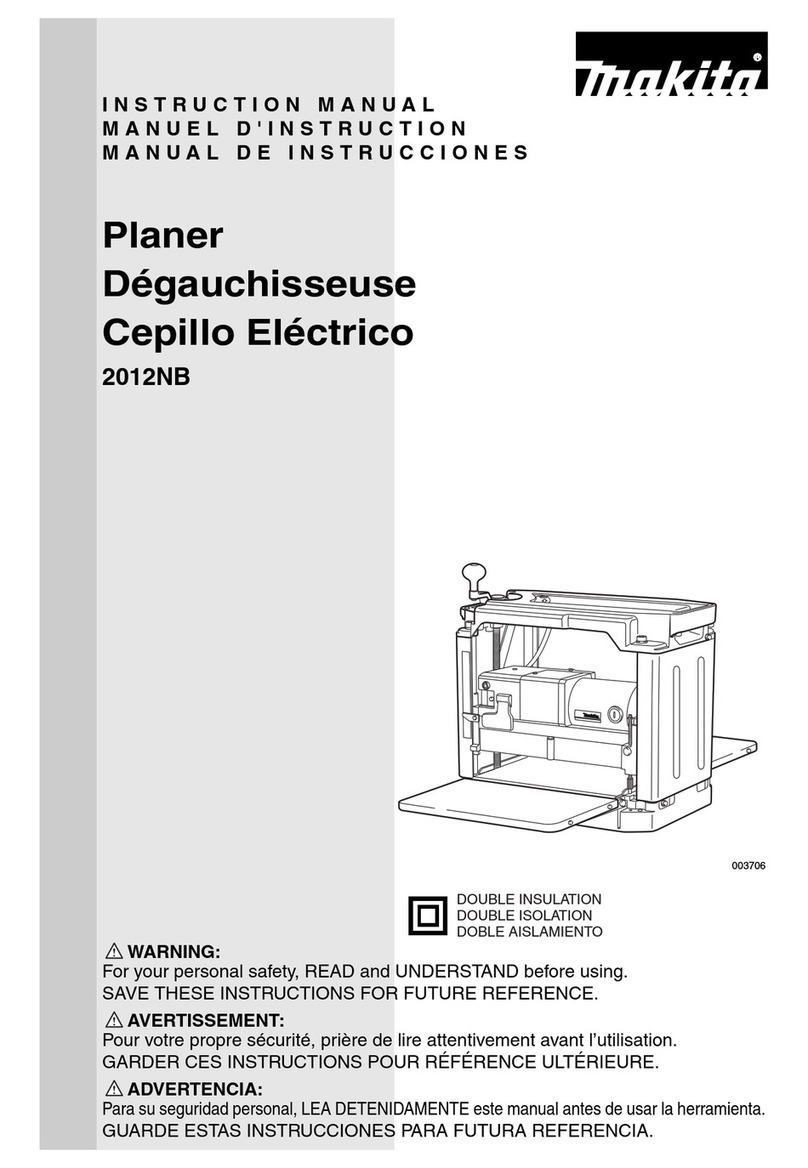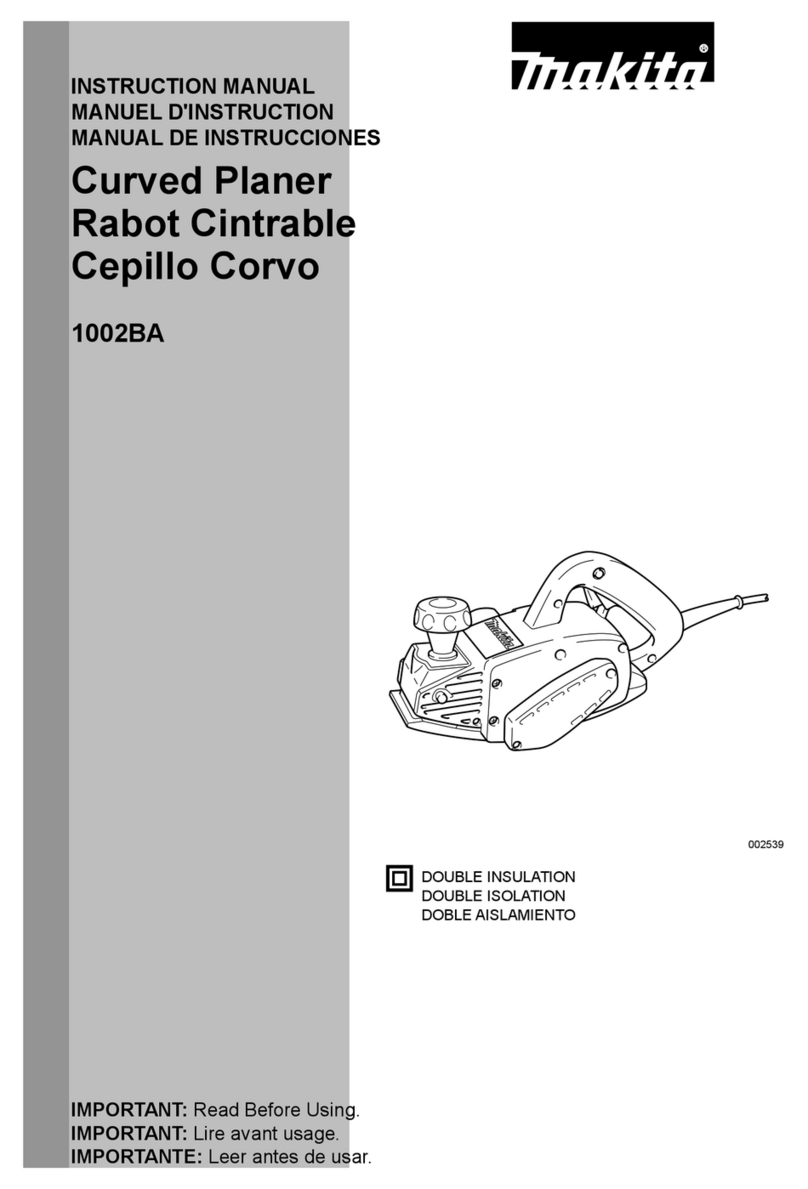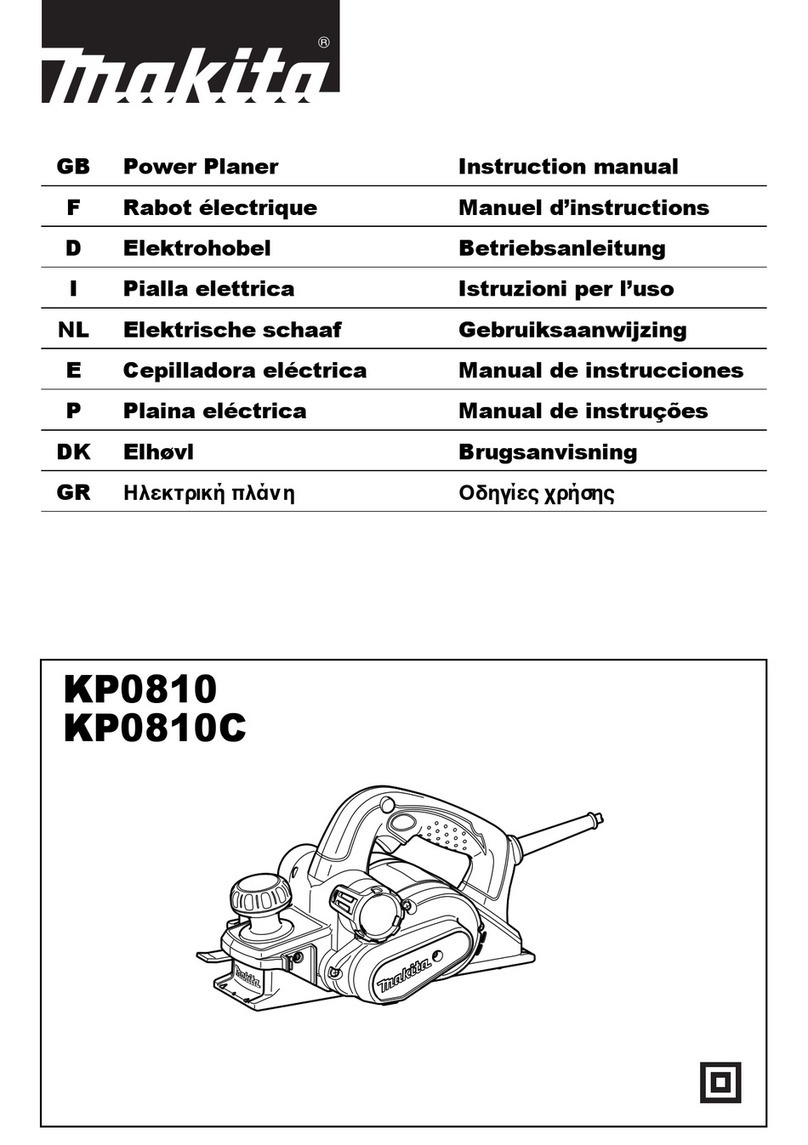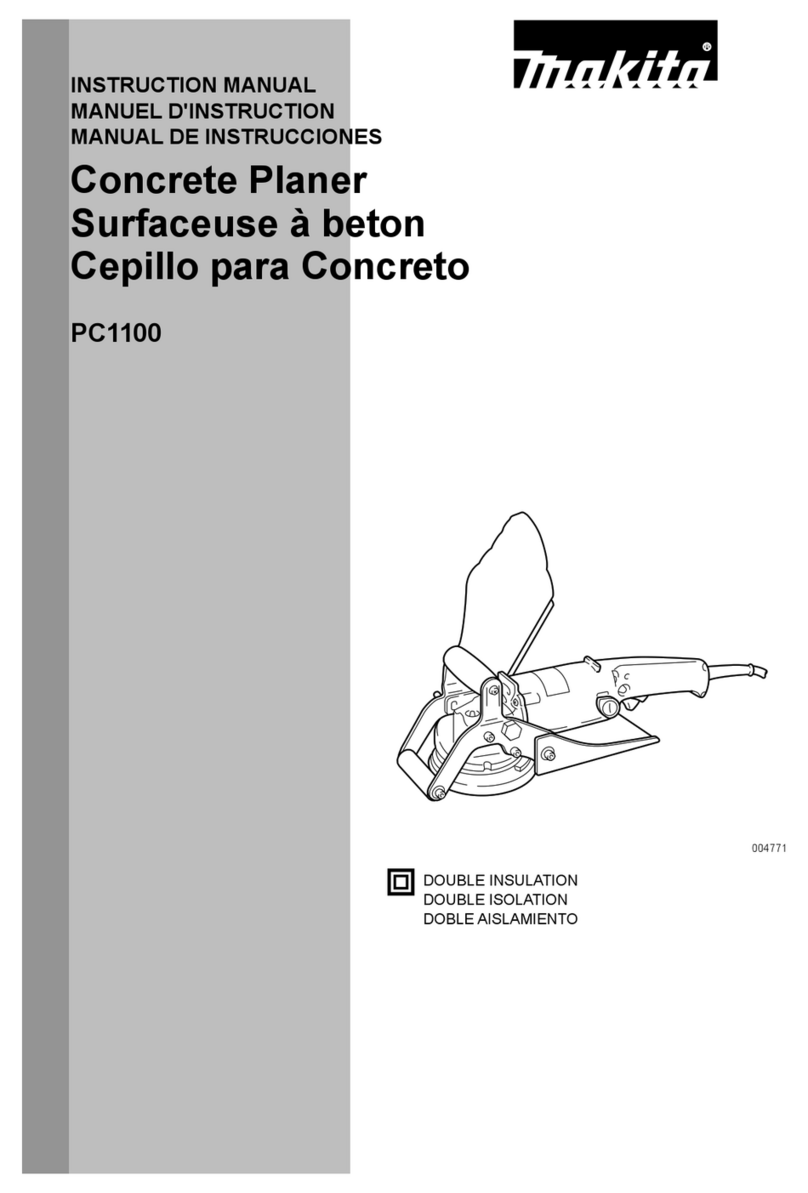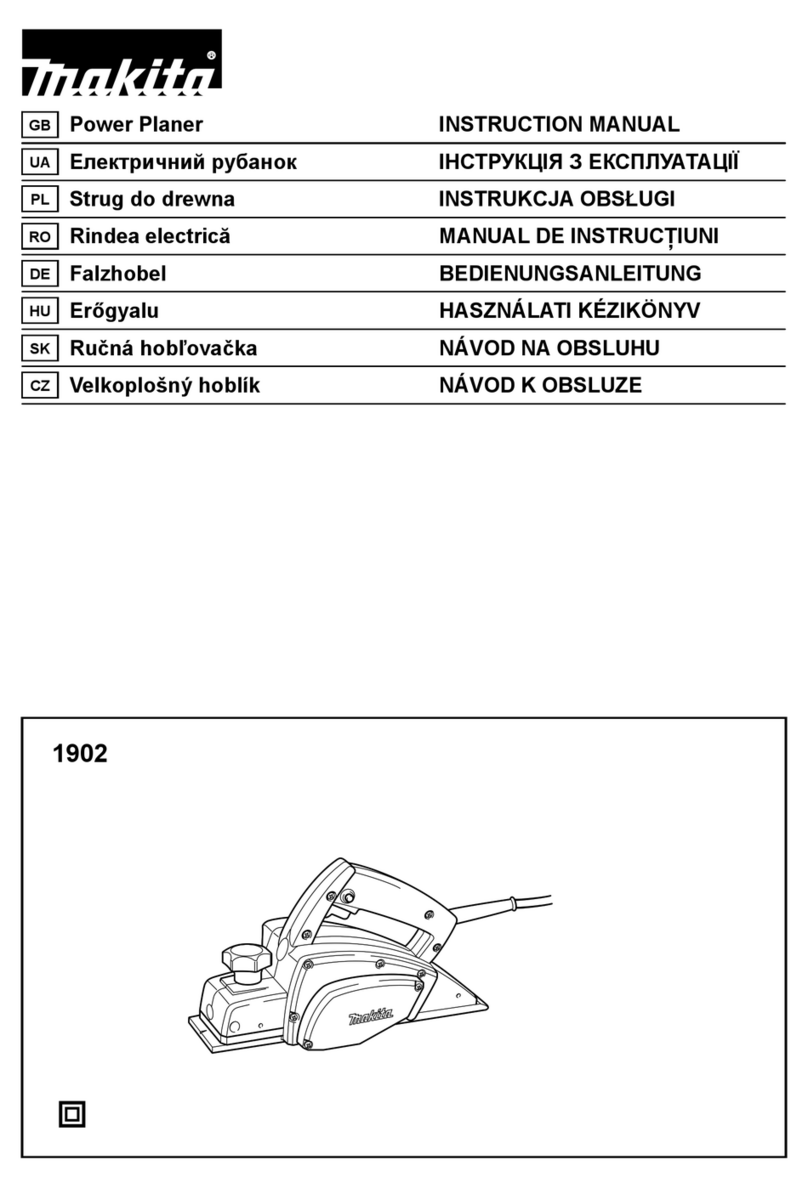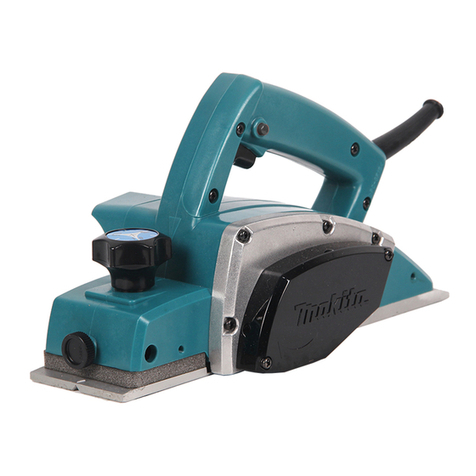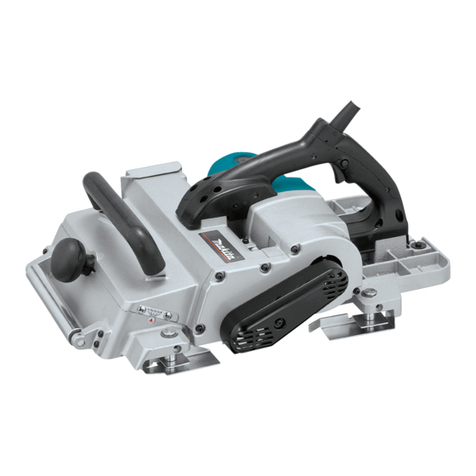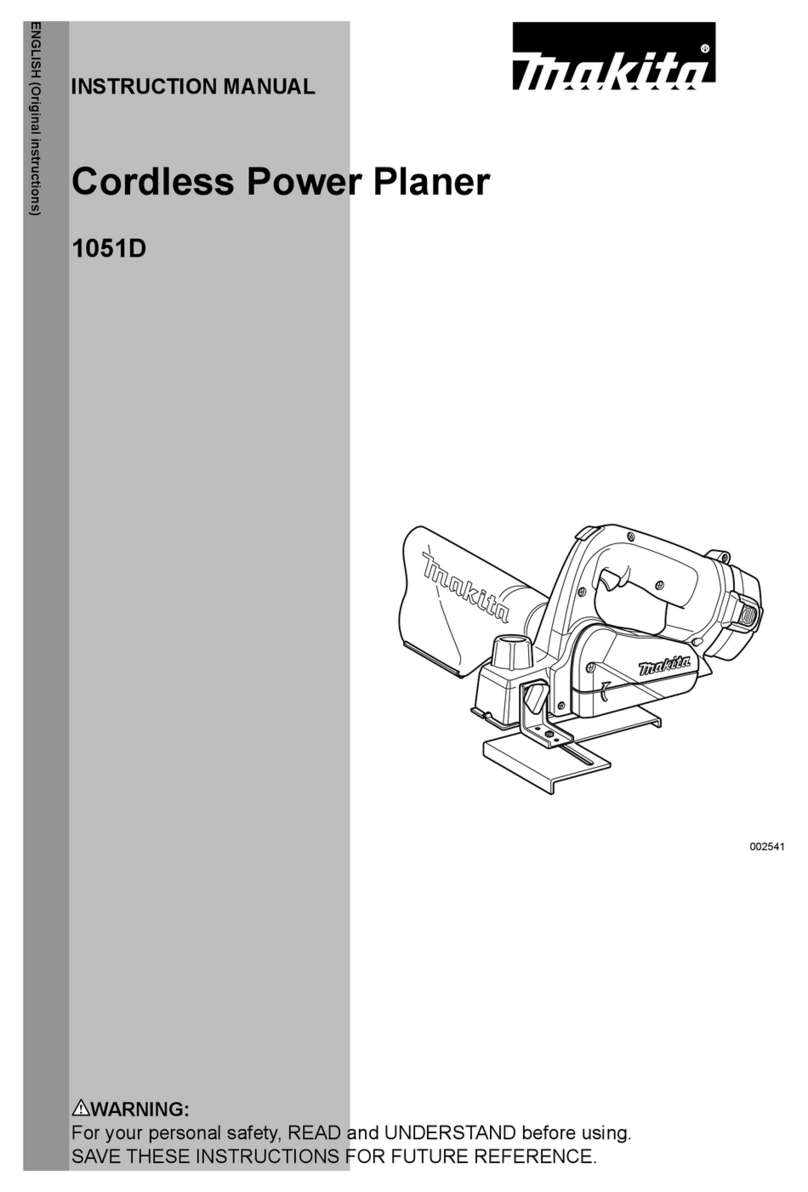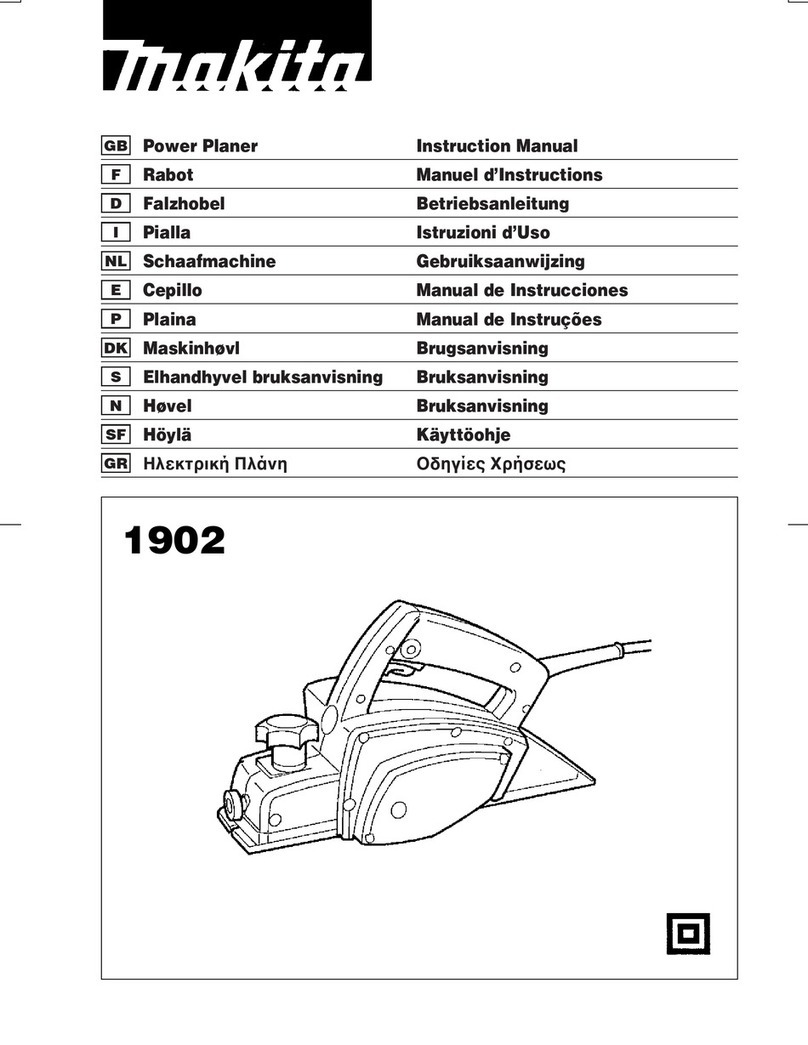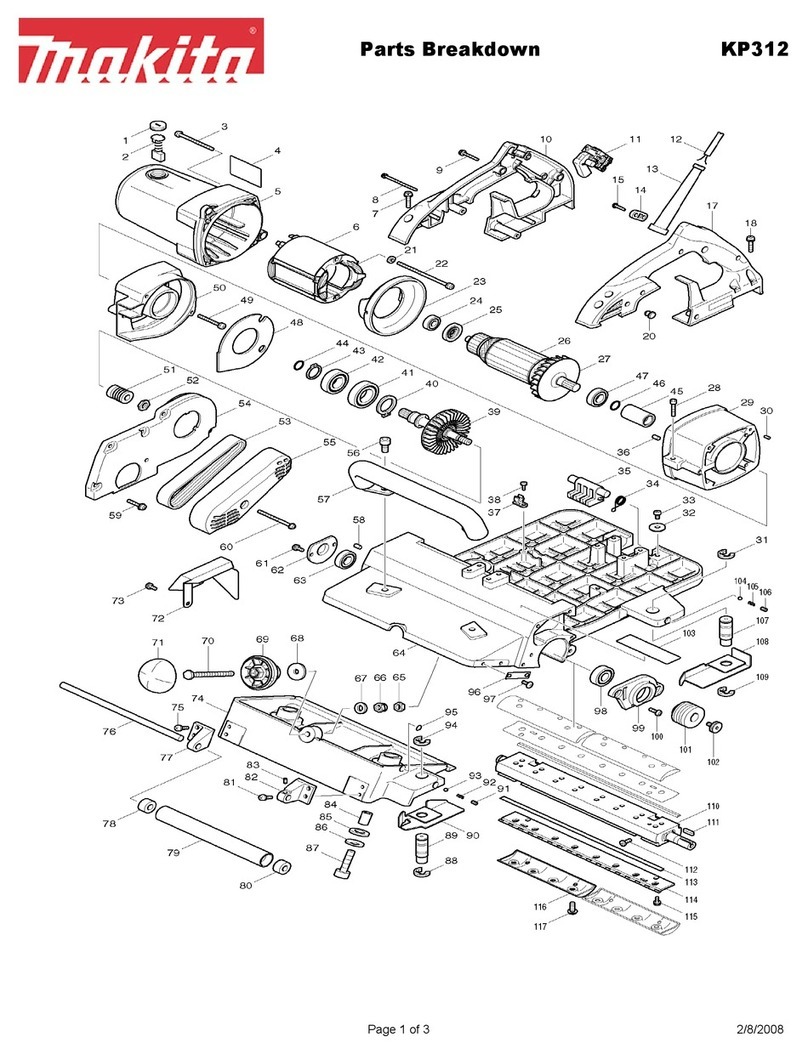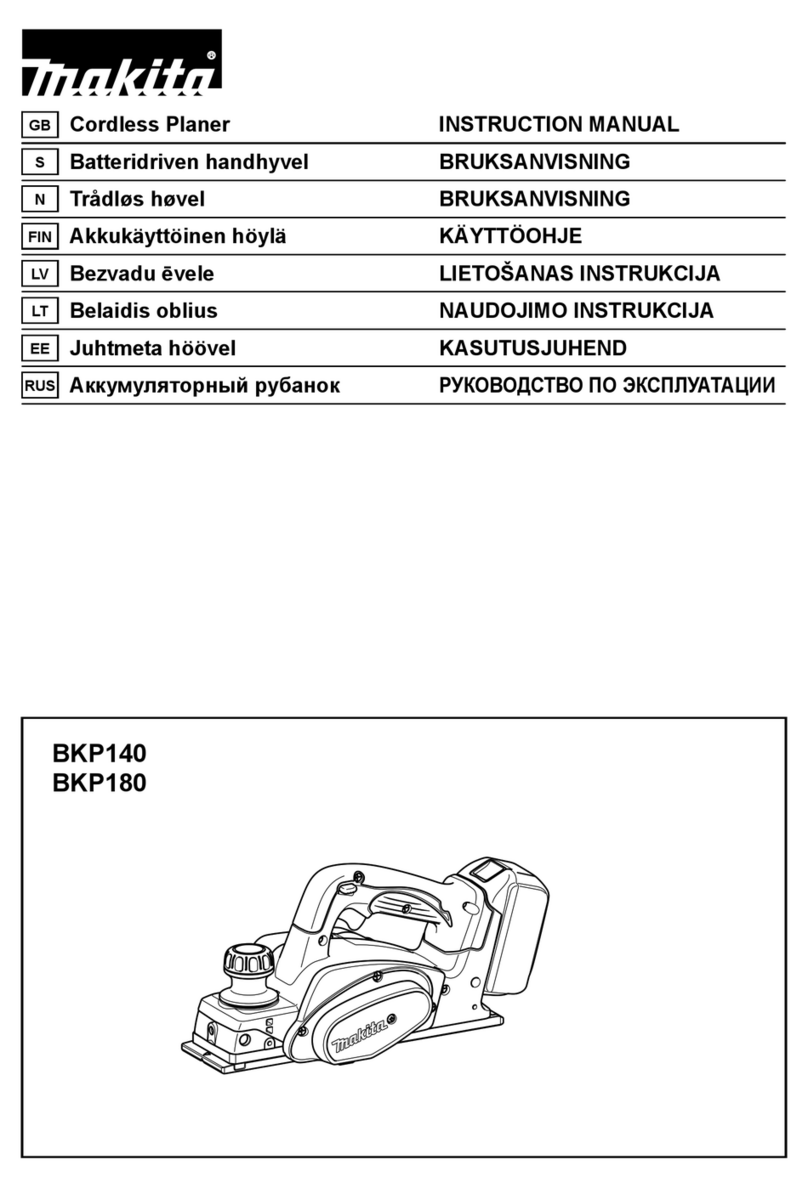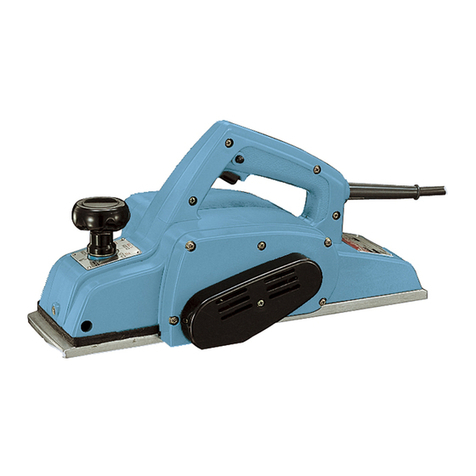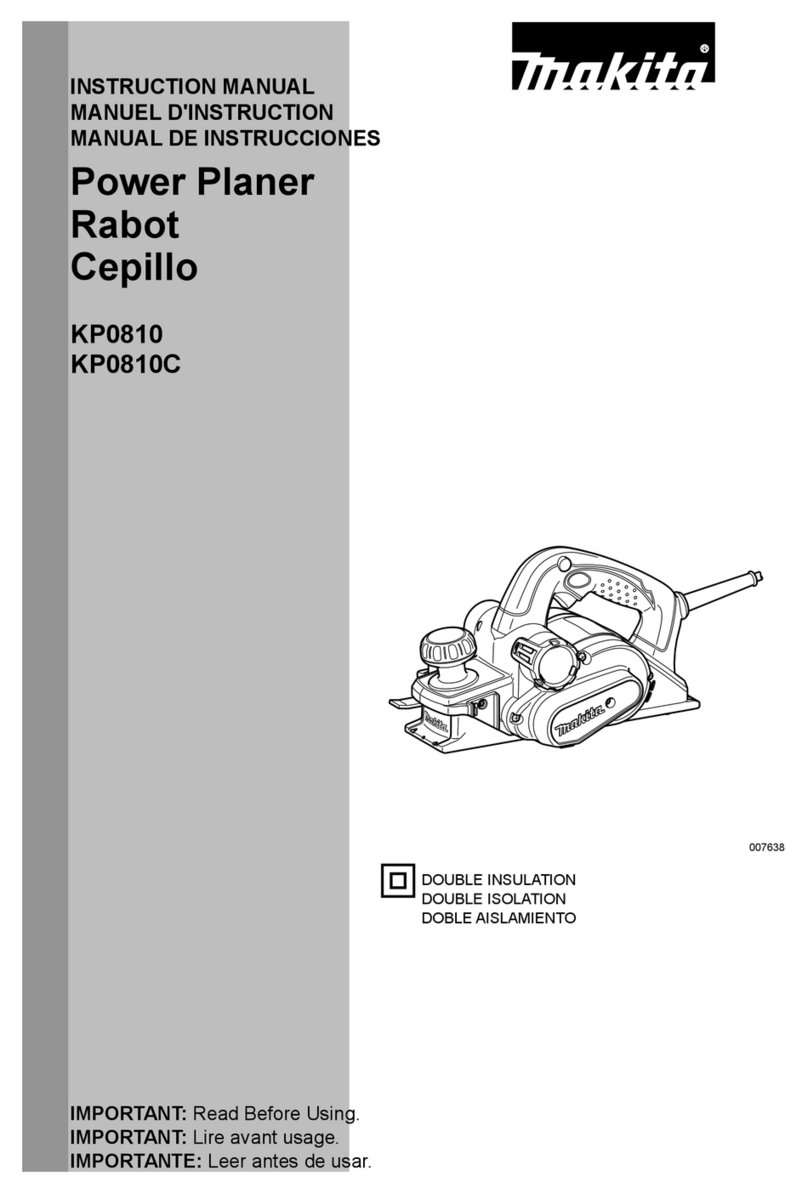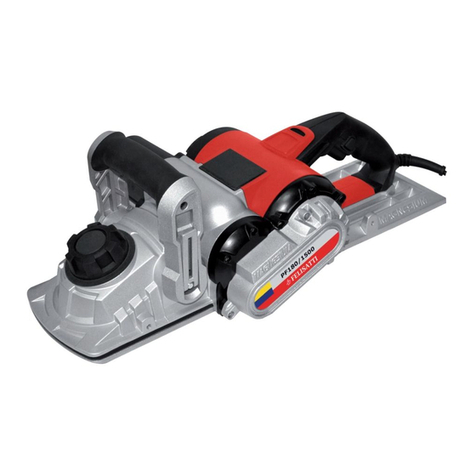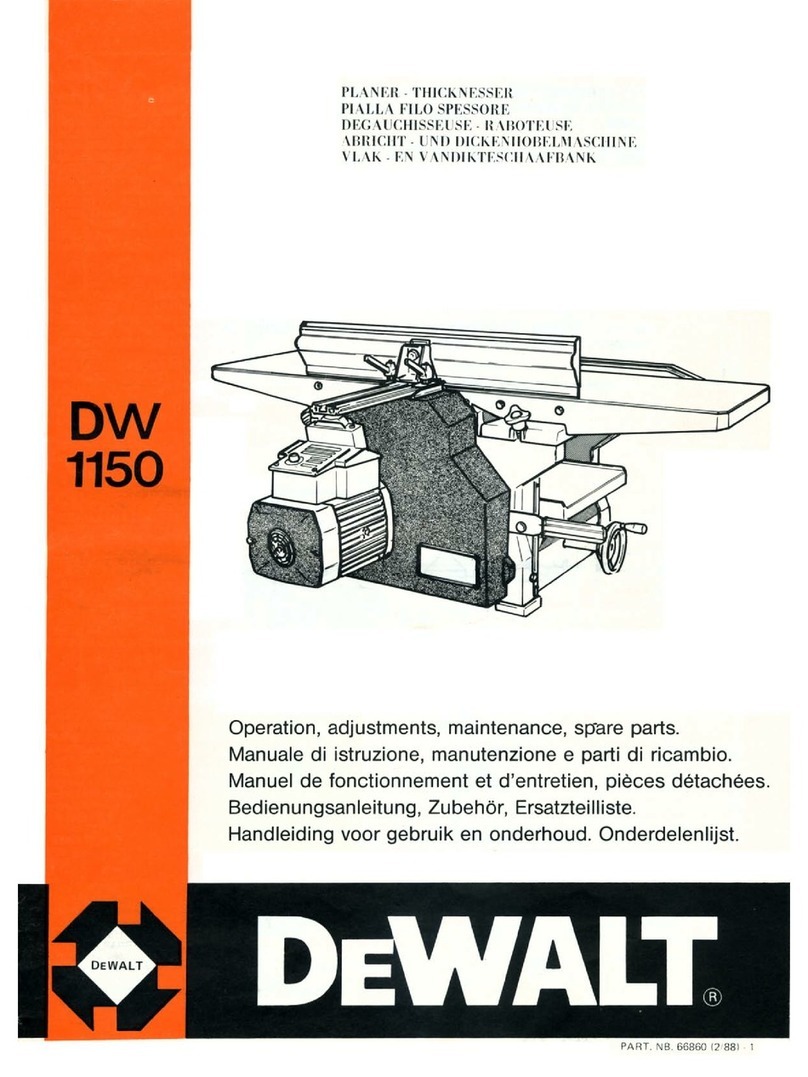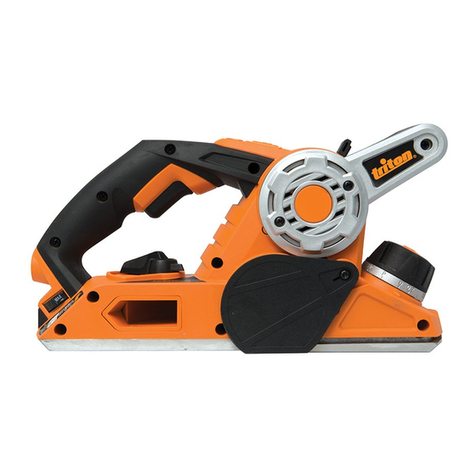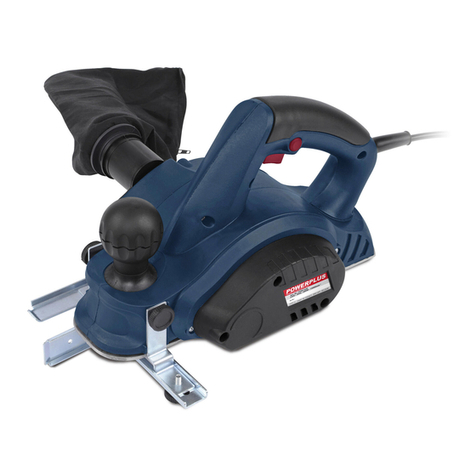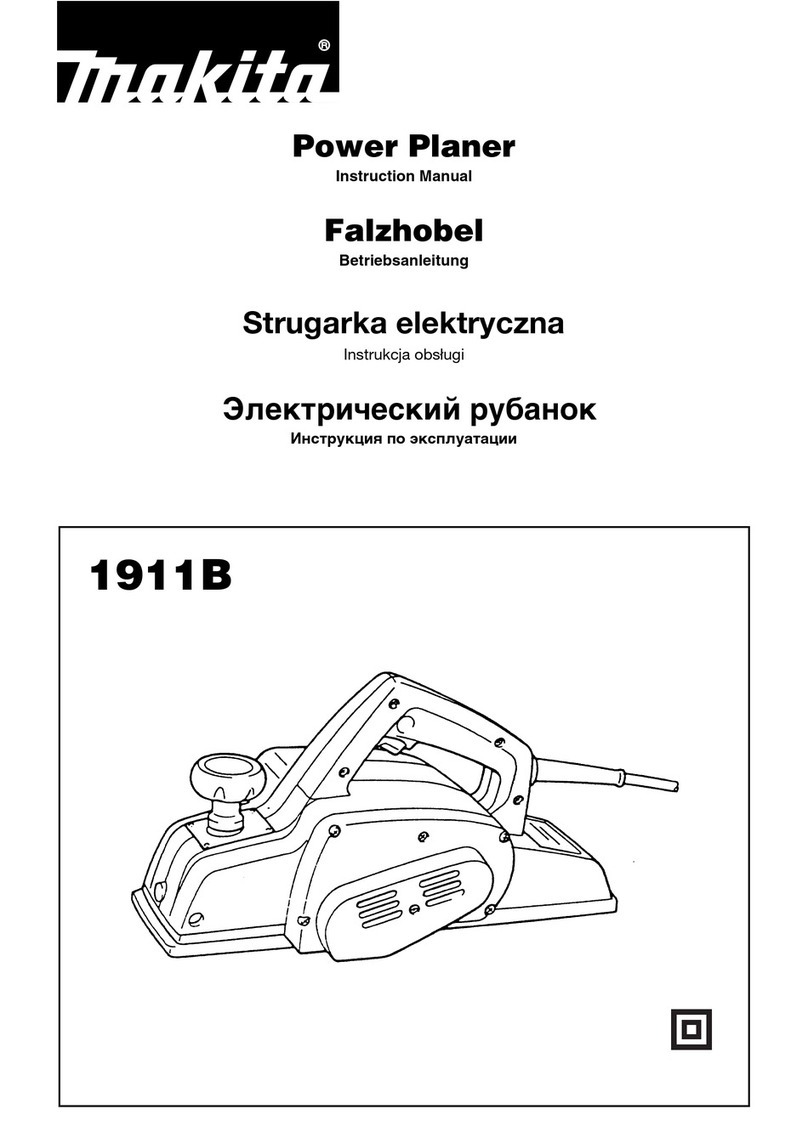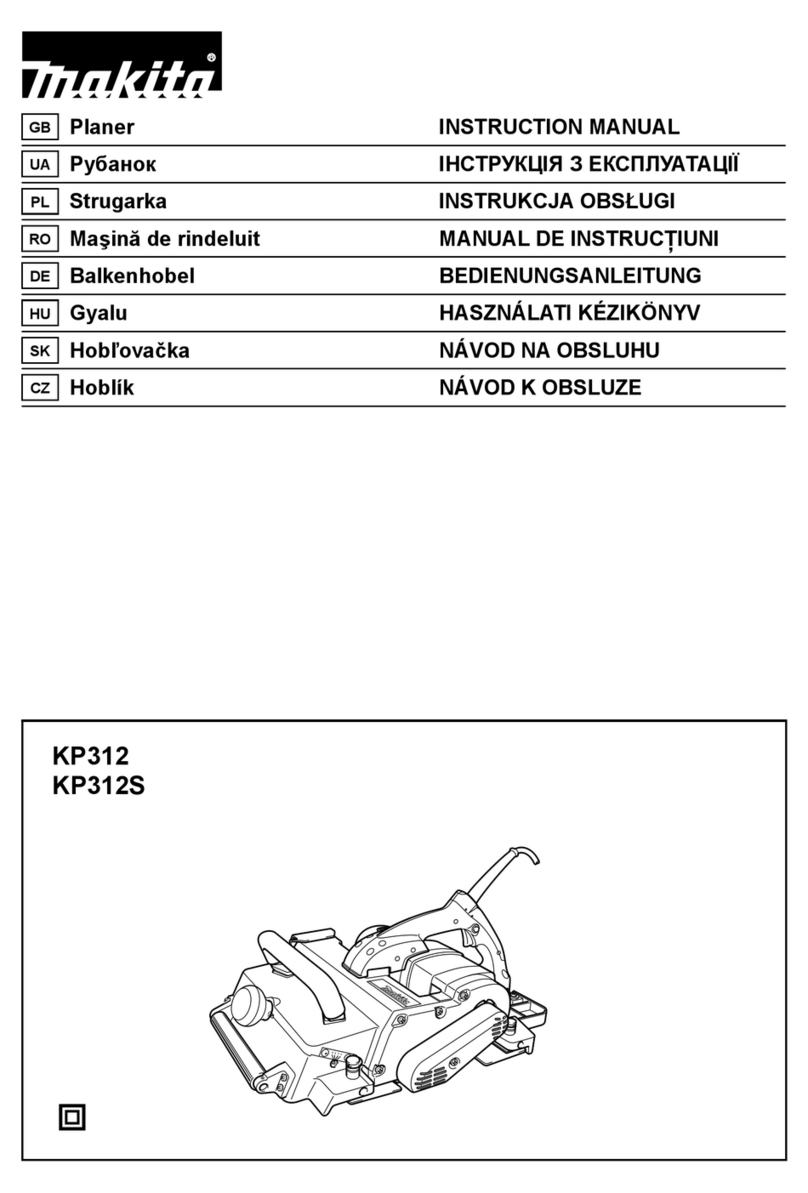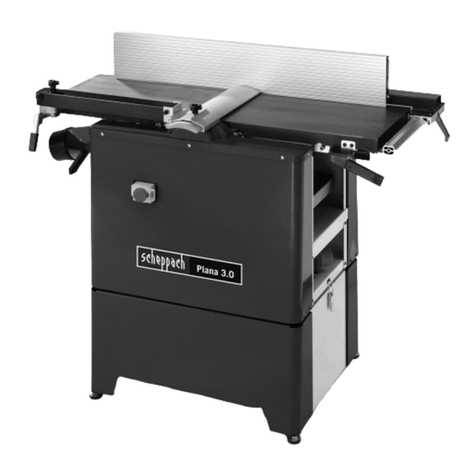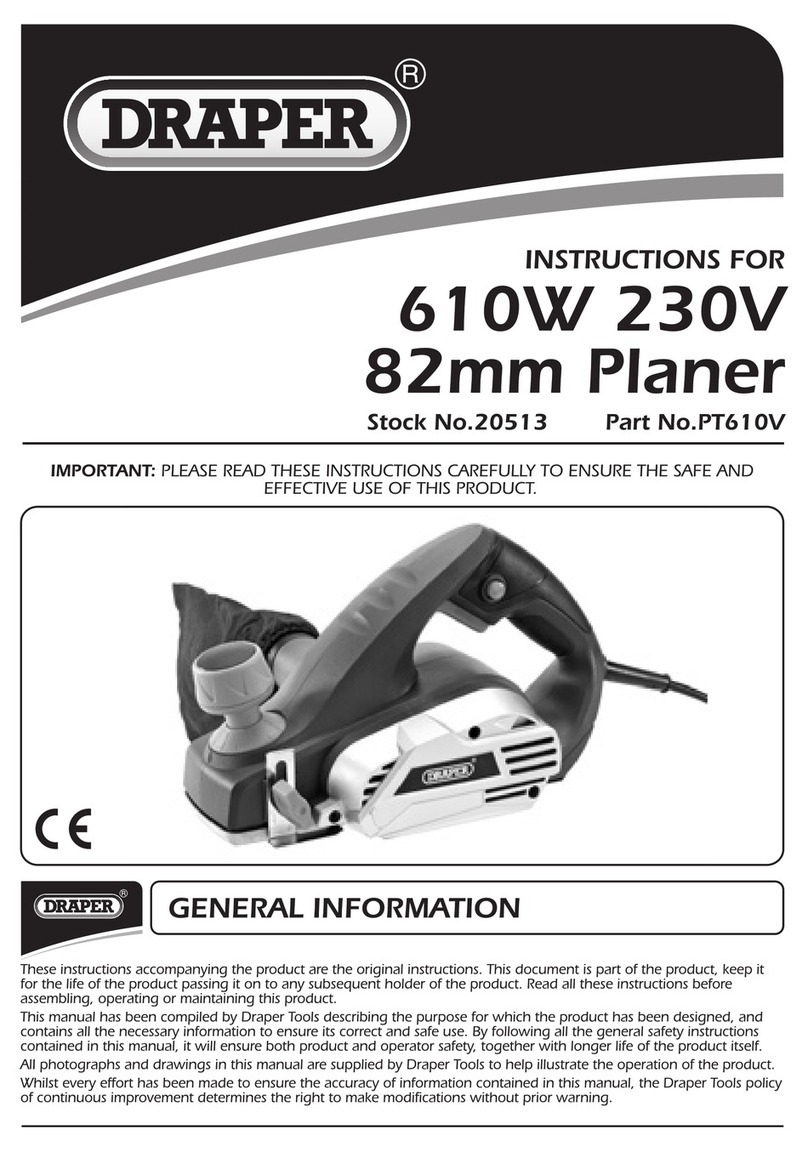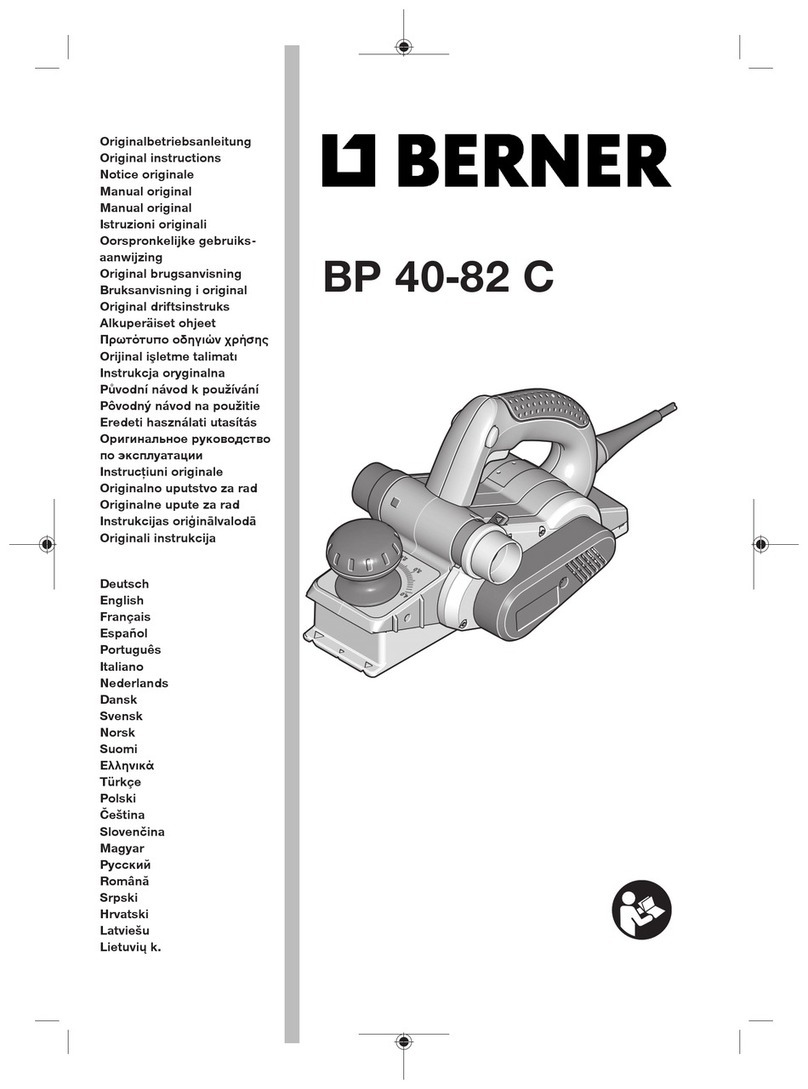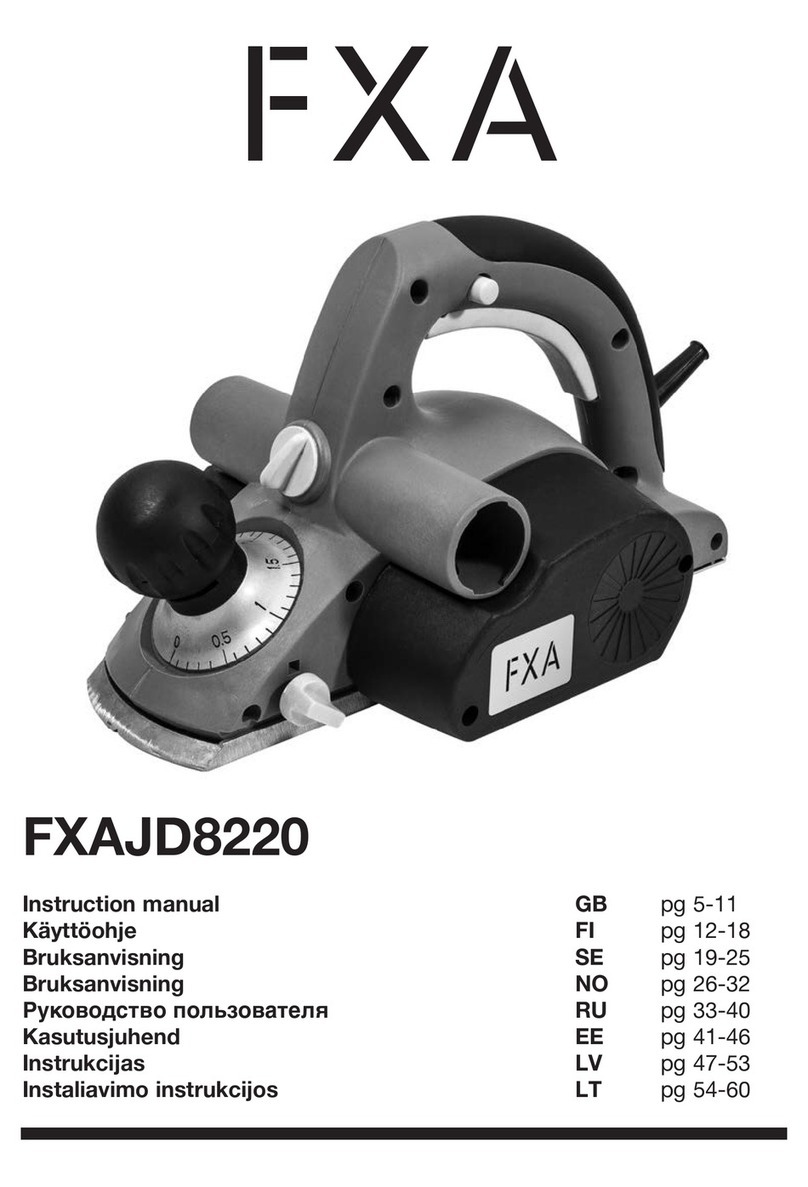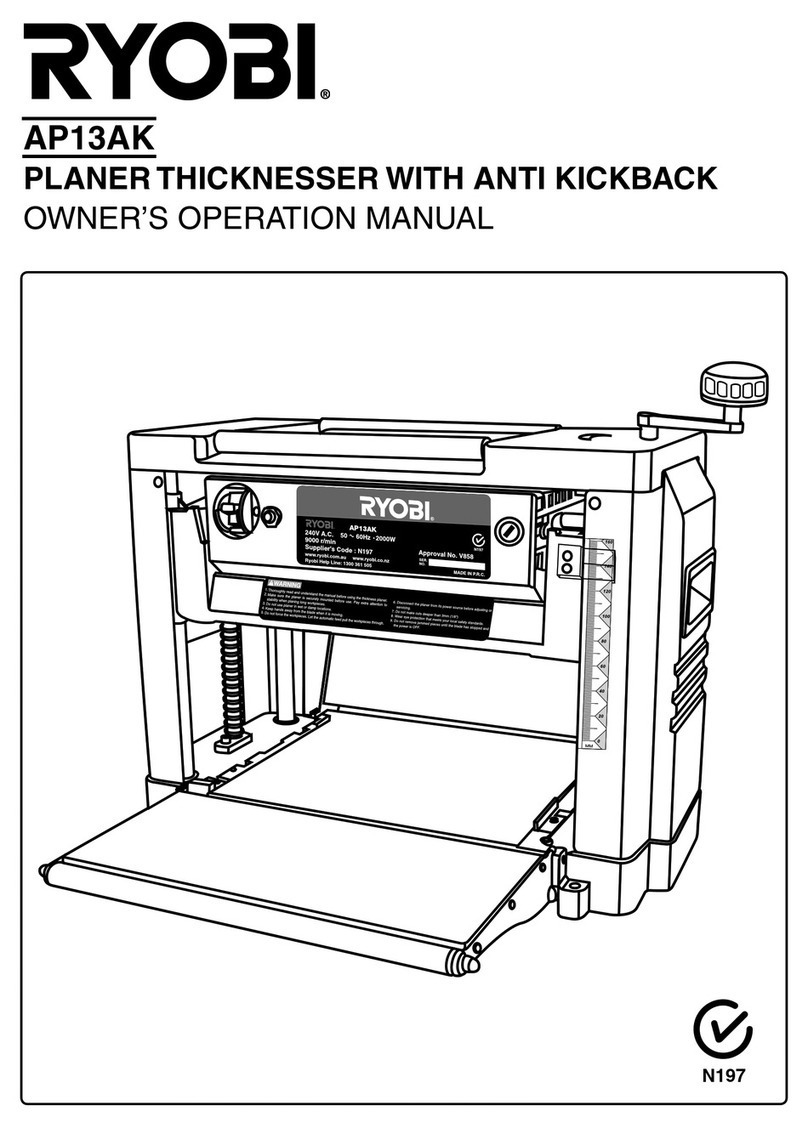16.
EXTENSION CORDS. Make sure your extension cord is
in
good condition.
When using an extension cord, be sure to use one heavy enough to carry
the current your product will draw. An undersized cord will cause a drop
in
line voltage resulting
in
loss
of power and overheating. Table
1
shows the
correct size to use depending on cord length and nameplate ampere rating.
If in doubt, use the next heavier gage. The smaller the gage number, the
heavier
the
cord.
Minimum
aaae
for
cord"
Ampere Rating
More Than More Than
Not
Volts
120V 25ft. 50 ft.
100
ft. 150 ft.
240V 50 ft.
100
ft.
200
ft.
300
ft.
Total length of cord in feet
AWG
0
6
12
16
6
18
16
16
14
18
16
14
12
16 16
14
12
14
12
Not
Recommended
aOnlythe applicable parts of the Table need to be included. For instance, a 120-volt product need not
I
include the 240-volt heading.
17. REDUCE THE RISK OF UNINTENTIONAL STARTING. Make sure switch is
in off position before plugging in.
18.
USE RECOMMENDED ACCESSORIES. Consult the owner's manual for
recommendedaccessories.The use of improperaccessories may cause risk
of injury to persons.
19.
NEVER STAND ON TOOL. Serious injury could occur if the tool istipped or
if
the cutting tool is accidentally contacted.
20. CHECK DAMAGEDPARTS. Before further use of the tool, a guard or other
part that is damaged should be carefully checked to determine that
it
will
operate properly and perform its intended function
-
check for alignment
of moving parts, binding of movingparts, breakage of parts, mounting, and
any other conditions that may affect itsoperation. A guard or other part that
is damaged should be properly repaired
or
replaced.
21. DIRECTIONOF FEED. Feedwork into a blade or cutter against the direction
of rotation of the blade or cutter only.
22.
NEVER LEAVE TOOL RUNNING UNATTENDED. TURN POWER
OFF.
Don't
leave tool until
it
comes to a complete stop.
23.
PROPER GROUNDING. This toolshould be groundedwhile
in
use to protect
the operator from electric shock.
24. POLARIZED PLUGS.To reducethe risk of electric shock, thisequipment has
a polarized plug (one blade is wider than the other). This plug will fit in a
polarizedoutlet only one way.
If
the plugdoes notfitfully inthe outlet, reverse
the plug.
If
it
still does not fit, contact a qualified electrician to install the
proper outlet. Do not change the plug in any way.
3


